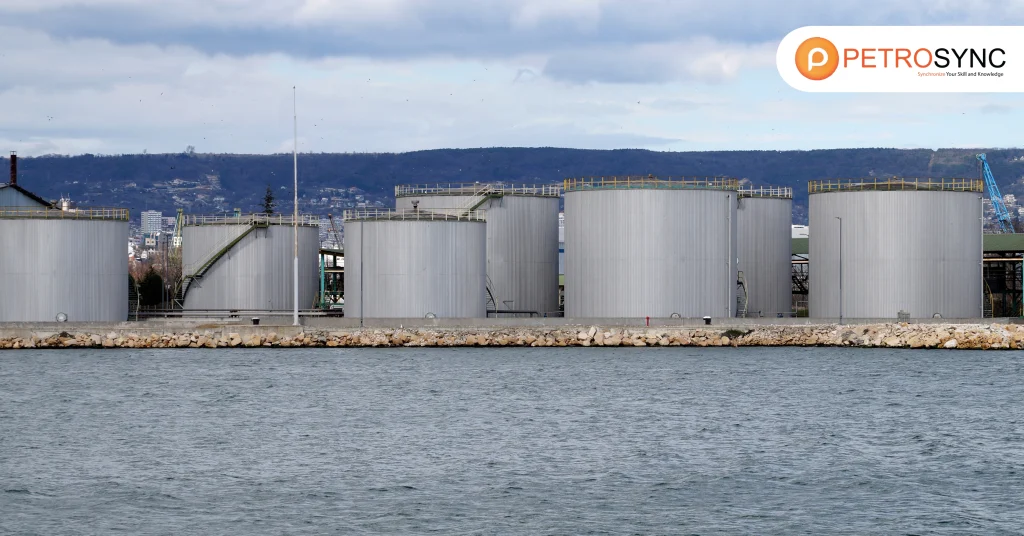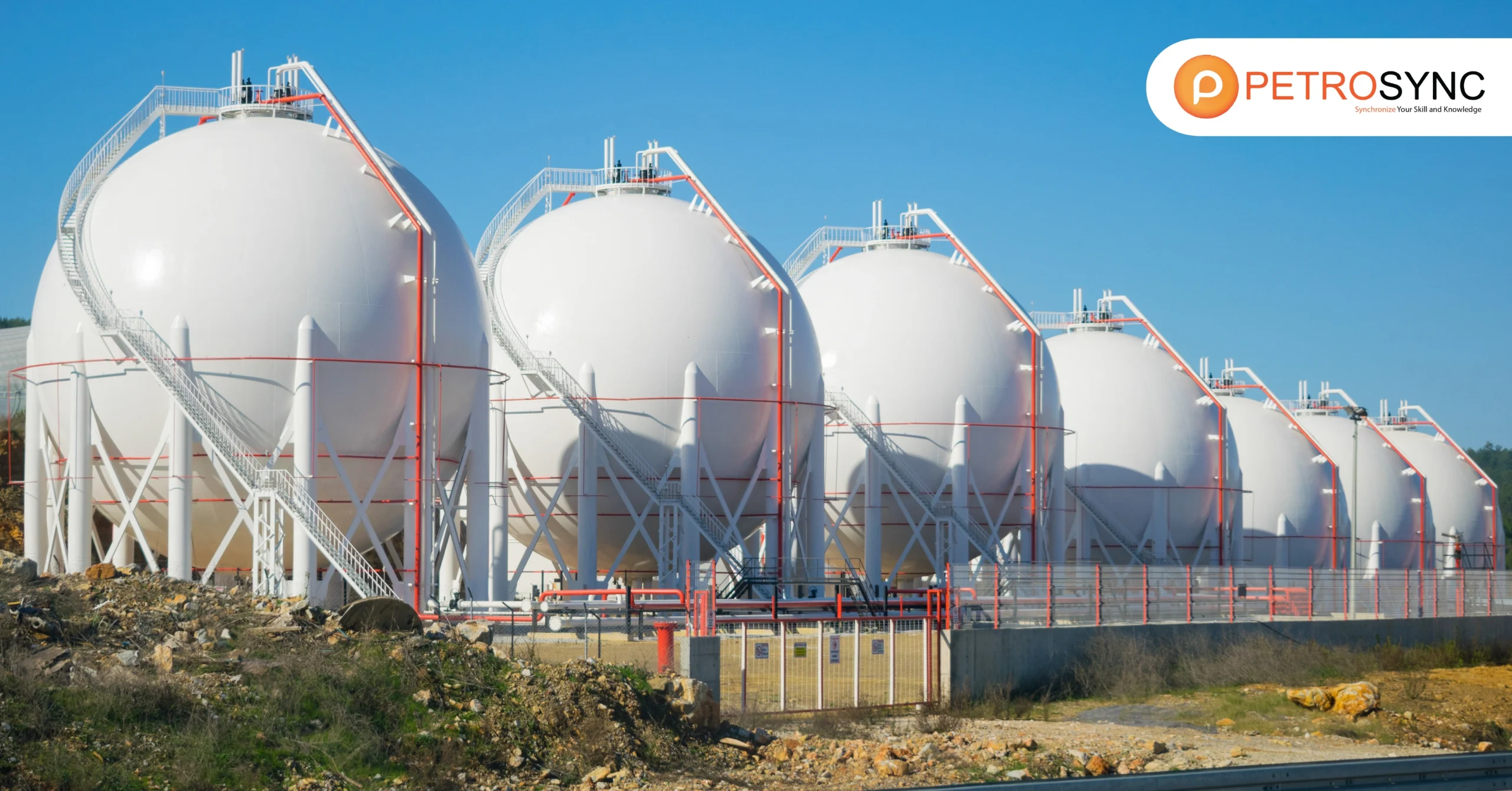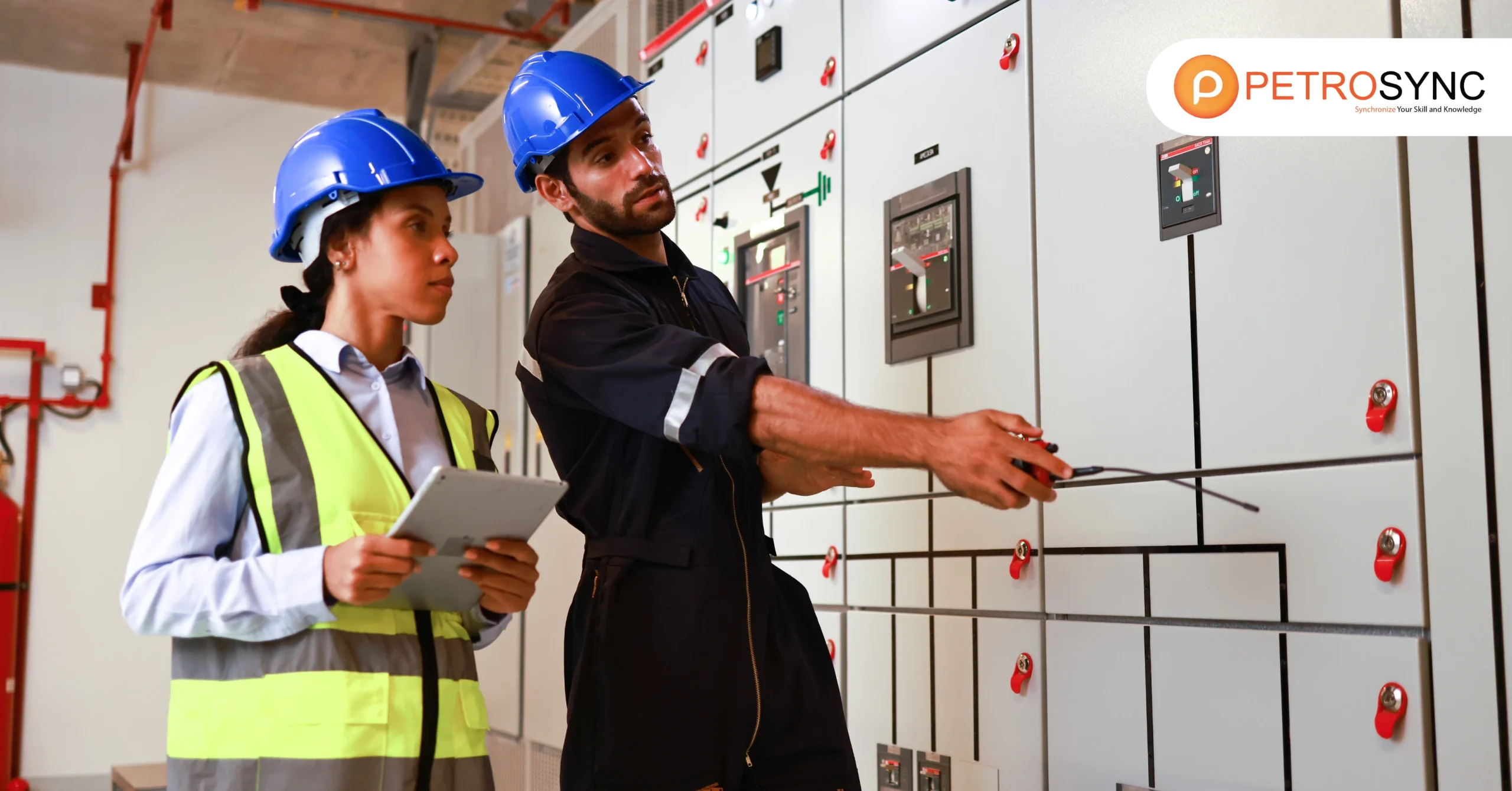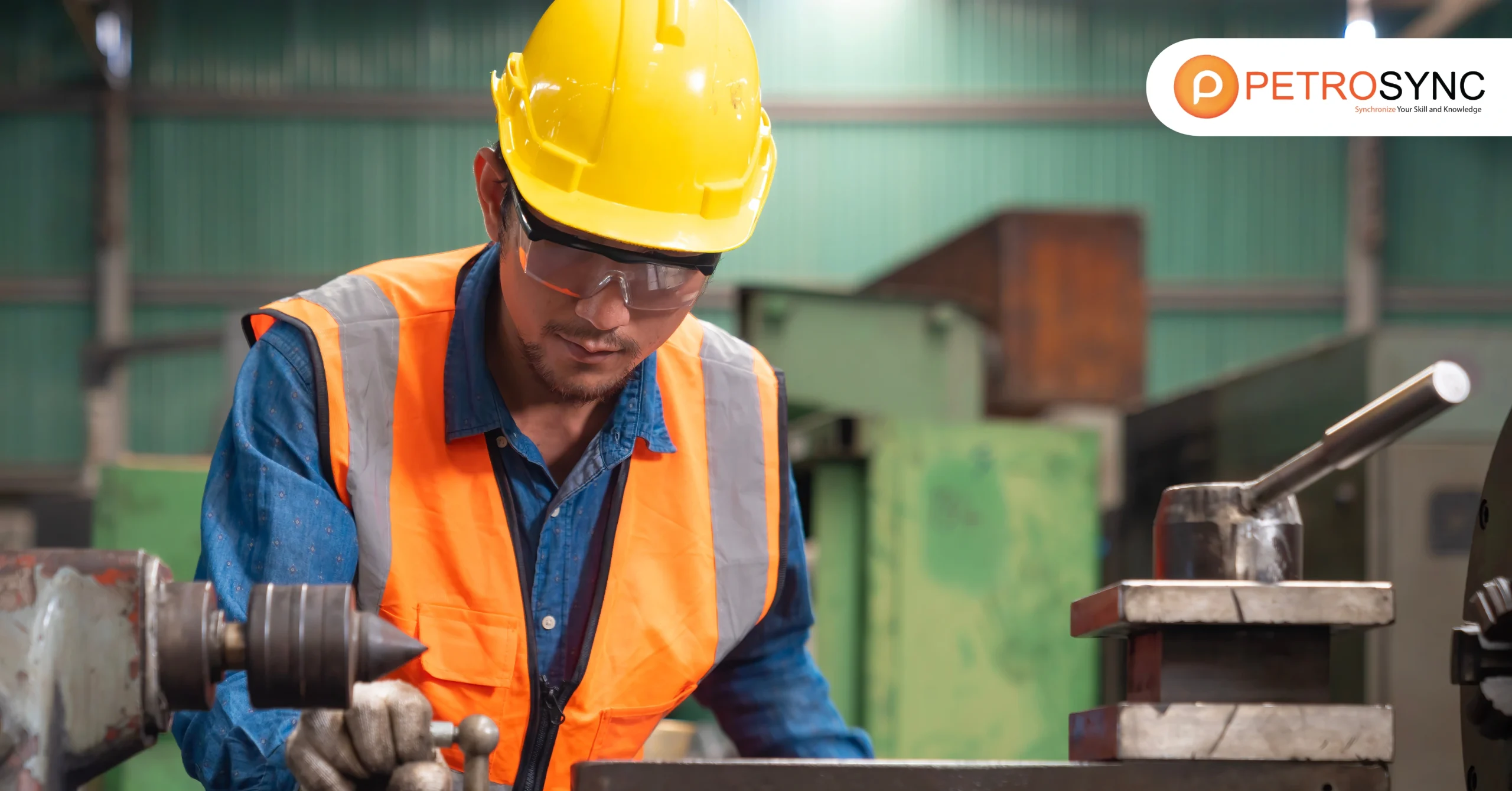Storage tank are essential in industries like oil and gas, petrochemicals, and energy for managing and maintaining raw materials and products. Understanding storage tank functionality, construction, and maintenance can have a substantial impact on safety, efficiency, and operating costs.
This page delves into the fundamentals of storage tank, including types, size, construction procedures, and the distinctions between tank and reservoirs. This information is critical for anyone wishing to optimise their operations or improve their abilities with fired heaters via thorough training courses such as those provided by PetroSync.
What is a Storage Tank?

Storage tank are essential containers for storing liquids or gases in a variety of industrial processes. They are essential in organizations that handle huge amounts of chemicals, crude oil, and refined petroleum products because they create a controlled environment in which these compounds may be safely stored.
Storage tank come in a range of sizes and functionalities to meet individual needs and safety standards.
What Types of Storage Tank?
Understanding the many types of storage tank is essential when deciding which is appropriate for a given application. Here are some of the common types:
1. Atmospheric Tank
Companies frequently use atmospheric tank, which function at near-ambient pressure, to store fluids such as crude oil, gasoline, and water. Their simplicity makes them inexpensive, but their exposure to ambient conditions requires special safety measures.
2. Pressure Tank
Pressure tank, designed to keep materials under high pressure, play an essential role in storing gases and volatile liquids. Manufacturers make them from strong materials and conduct thorough quality control to ensure they can handle high internal pressure without leaking or exploding.
3. Industrial Tank
Industrial tank are multifunctional and can fulfill a variety of functions across industries. They tailor to specific processes, materials, or temperature requirements, allowing them to meet a wide range of operational needs.
What are the Dimensions of a Storage Tank?
The dimensions of a storage tank—diameter, height, and volume—are determined by several factors, including the type of material to be stored, the amount required, and the site’s available space. A high-capacity tank, for example, may need to be taller to fit within a limited ground space or have a larger diameter if height constraints exist.
Proper calculation of these dimensions is crucial for safe and effective storage, and it should be consistent with industry requirements.
What are the Storage Tank Constructions?
Storage tank construction is a meticulous process requiring precision, skill, and adherence to standards. Here’s a breakdown of the main phases:
1. Implementation Work Plan
A well-structured work plan outlines the timeline, materials, equipment, and personnel needed for construction. This ensures all stakeholders are aware of the tasks, reducing delays and enhancing efficiency.
2. Welding and Other Procedures of Storage Tank Construction
Welding is a core part of tank construction, especially for steel tanks. Proper welding procedures prevent leaks, enhance structural integrity, and ensure durability. Additionally, processes like rolling, cutting, and fitting are crucial for preparing the materials for assembly.
3. Tank Bottom Assembly
Building the tank’s foundation is an important initial step because it offers vital support for the entire construction. A flat base and proper installation are essential for avoiding leaks and structural issues. Precision alignment and secure welding during this stage can affect the tank’s lifetime.
4. Assembly and Welding of Storage Tank Shells
The tank shells, which are usually cylindrical, are constructed next. Skilled welders guarantee that each segment aligns correctly, resulting in a strong and smooth framework. Welding shells requires precision, as any flaws can compromise the tank’s stability.
5. Installation of Tank Roof and Pontoon
Depending on the tank type, roofs can vary from fixed to floating designs. Pontoons, typically used in floating roofs, aid in containing vapors and reducing evaporative losses. Proper installation is critical for containing the material safely, especially for volatile substances.
6. Installation of Manway Plates and Pipe Fittings
Manway plates allow for inspection and maintenance, while pipe connections allow material to enter and exit the tank. Installing these pieces requires accuracy in order to avoid leaks and ensure safe operation.
7. Quality Control and Testing
Quality control is critical throughout the construction process to guarantee that each step meets the required specifications. Hydrostatic testing and leak tests confirm that the tank can withstand operational demands while being safe and compliant with standards.
What is the Difference Between a Storage Tank and a Reservoir?
While both storage tanks and reservoirs contain materials, they serve different purposes. Industries generally use storage tanks, which are frequently pressurized or sealed. On the other hand, people regularly open and use reservoirs to hold large amounts of water, either for public or agricultural purposes.
Reservoirs differ from storage tanks in how they are built, using a variety of materials and functions to meet differing operational requirements and environmental concerns.
Get More Knowledge About Storage Tanks by Joining Training with PetroSync
In-depth knowledge of storage tanks, from building to maintenance, is critical for industry experts aiming to improve operating efficiency and safety. PetroSync’s Fired Heaters curriculum includes a unique training course on storage tanks that is aimed to provide participants with the technical competence required in the oil and gas business.
Experienced trainers and hands-on learning in this course offer significant insights that can revolutionize how storage tanks are handled and maintained. Don’t pass up the chance to develop your profession with PetroSync’s comprehensive training.

Results-oriented and thorough SEO specialist with extensive experience in conducting keyword research, developing and implementing digital website promotion strategies and plans, managing campaigns to develop company websites in the digital world, excellent knowledge of marketing techniques and principles, and attentive strong attention to detail.







